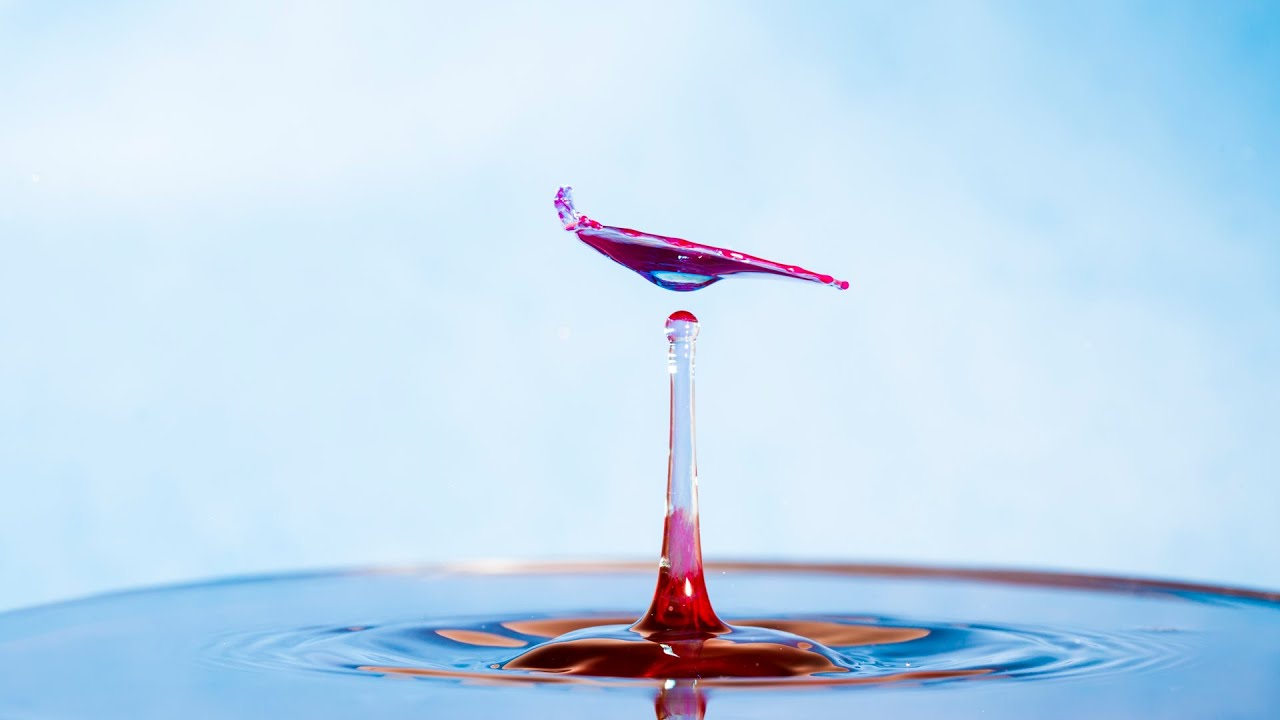Water is in and around us. It is everywhere, and not surprising that it is a top subject in many photographs. If you are looking to make a splash with water photography, you’ll be spoilt of choice. The process is a lot more productive with modern tech, especially as you can even get underwater without destroying your camera, including using your phone. Nonetheless, water photography requires skills to capture an exciting shot. Among the tips and tricks that can help you take fantastic water photographs includes;
Timing
Lighting is an essential part of any photographing quest. Water’s reflective nature makes it even more essential to pick the right timing. Ideally, sunrise and sunset provide the best light or water photography. Pick an evening or morning to take your shot; the sun’s glare isn’t too strong, making it easier to capture water’s exciting characteristics.
Location
How much motion are you looking for? Picking a location determines the water shot you get. For instance, ponds and lakes provide a more still view. This is as the water is sheltered from the wind. The least disturbance can ruin the shot as it causes water movement, and coupled with lighting, fail to capture the photo you desire. As you plan, pick a location in line with your photo requirements and a space that’ll facilitate a smooth shot. Find the right spot and an angle to take the best shot, capturing the water and its surrounding.
Shutter speed
Are you going for a mist-like constant stream or to capture every droplet? Learning when to use a fast or slow shutter speed is among the most effective trick as you work to supercharge your water photography skills. This is keeping in mind that it determines what the shot captures. With a slow shutter speed, you are better positioned to capture a continuous mist-like flow. If you are looking to capture those crashing waves, then you need to increase the speed. A faster shutter speed means that you can catch each droplet as it is launched in the air and falls back.
No flash
You might b tempted to use the flash for more light. However, while taking water photography, this won’t work much in your favor. You’ll create a hot spot. This reflects on the photo, ruining the shot. Apart from the flash, also consider the lines. Hot spots can stick out like a sore thumb, and so can the lines. As such, horizons matter. They’ll show in the picture, and an effective hack that works well is keeping the lines straight.
Get in
Underwater shots add an irresistible charm. With modern gear, you can easily get underwater and manage clear and exciting shots. Get creative with the angles and spots, and you’ll capture interesting water shots, especially considering the waves. Getting in doesn’t only have to be underwater. You can get in the middle of the action while on the surface. For instance, take a boat and get out there. Take a shot on the water instead of looking out over the water. While on the water, you’ll get to capture a different perspective, allowing you to add a unique look and feel to your shots.
Make it interesting
Water shots are interesting, but more so if you make them more natural. Elements such as rocks popping out from the water make the shot more interesting. Those houses lining at the edge can also elevate the shot’s looks and feels. Look around for natural elements or bring some props. A simple element can transform the water photography, either as a focal point or a complement exuding the setting’s appeal.
Get closer
Are you shooting someone diving in water? Get closer; you’ll be amazed by the details you can capture. It is not just the details of a splash that makes water photography interesting. The natural reaction as someone contacts the water also elevates its meaning and emotional connection.
While water photography is exciting, it can turn into a blank and meaningless picture if you don’t take the right measures. Capturing the details elevates its emotional significance, an element the art strives to realize. From selecting the best camera, location, settings, and angles, just to mention a few, the process takes a lot to capture those eye-catching and unforgettable water shots.




